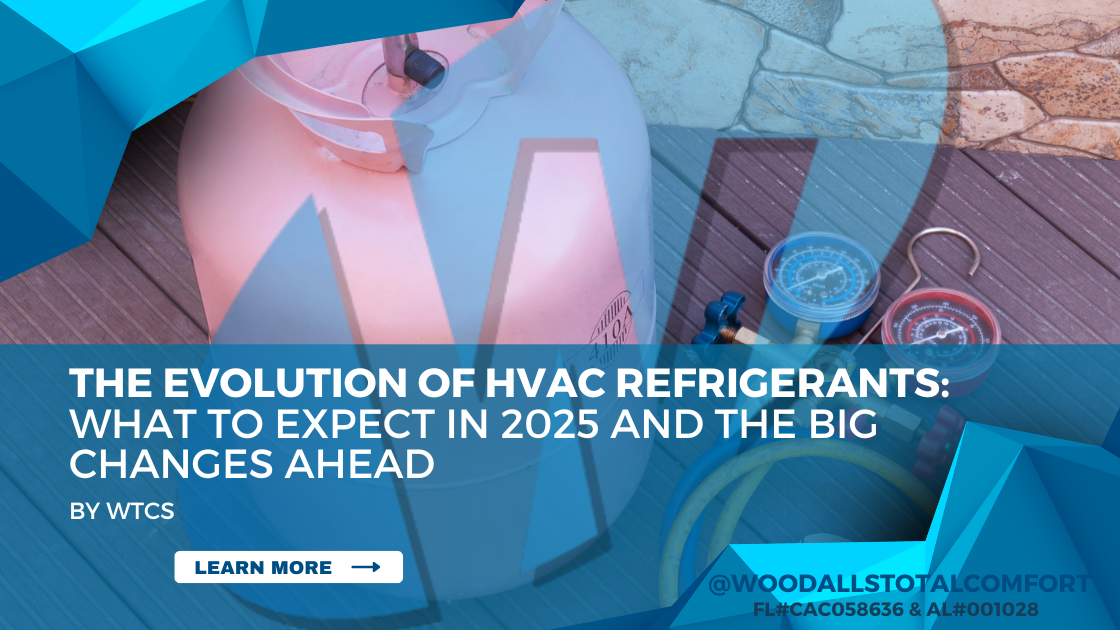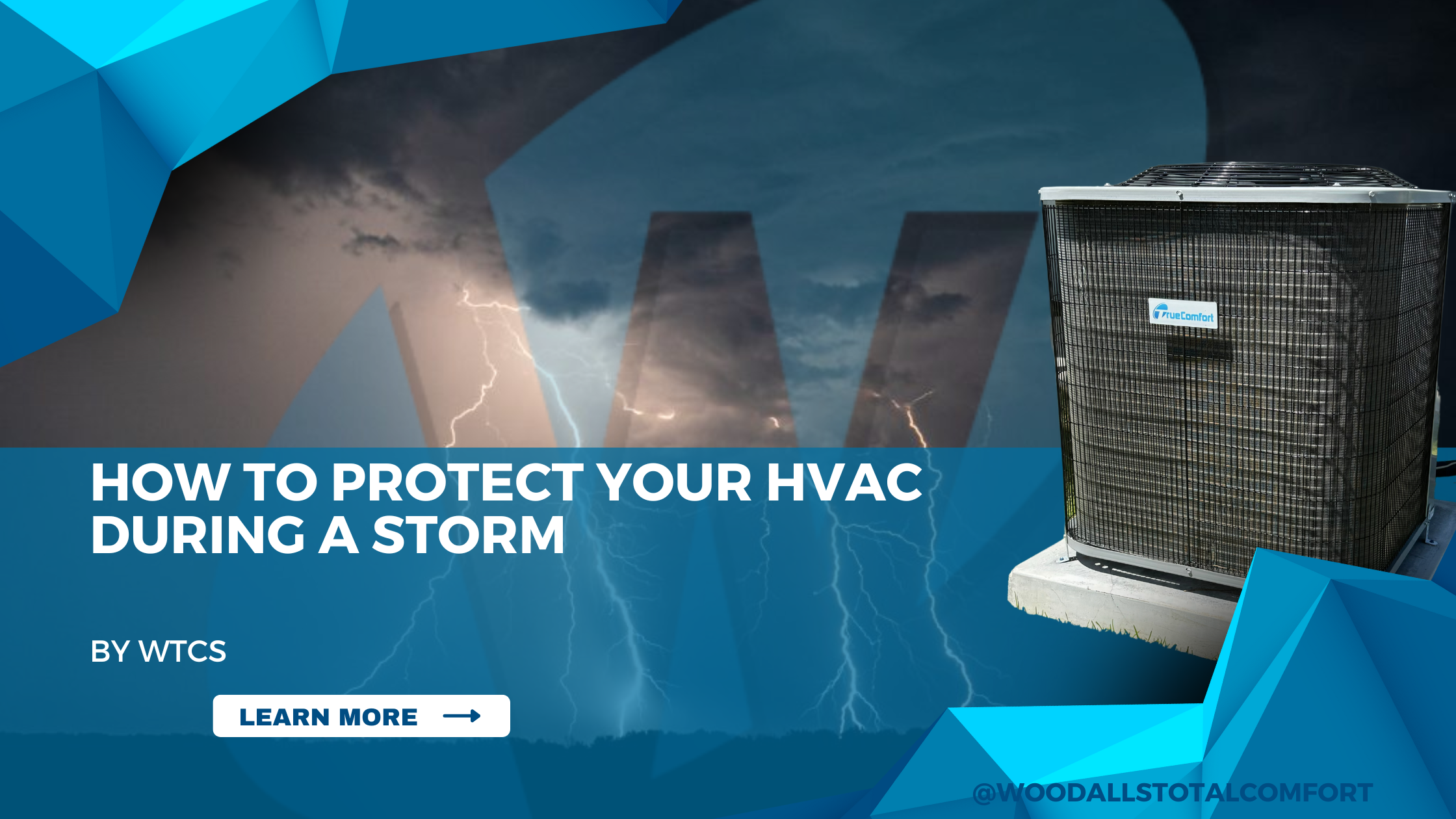The Vital Relationship Between Pets and Your HVAC System: What Every Pet Owner Should Know
Pets bring joy, companionship, and love into our lives, but did you know they also have a significant impact on your home’s HVAC (heating, ventilation, and air conditioning) system? Whether you own a playful dog, a fluffy cat, or even a few birds, understanding the relationship between pets and HVAC systems is crucial for maintaining a healthy, comfortable home environment. Not only does this ensure your system operates efficiently, but it also helps safeguard your pet’s health.
In this blog post, we will explore how pets affect your HVAC system, why regular maintenance is essential, and provide tips to keep both your system and your furry friends happy and healthy. By the end, you’ll understand how to improve air quality, save energy, and extend the life of your HVAC unit—something every pet-loving homeowner should care about!
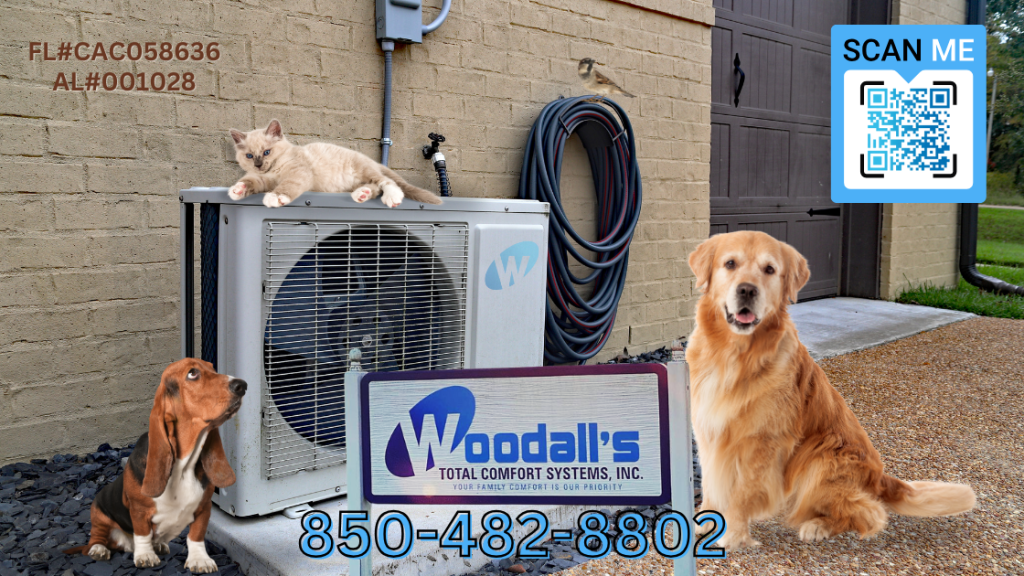
How Pets Impact Your HVAC System
1. Pet Hair and Dander Clogging Your HVAC Filters
One of the biggest issues pet owners face is the accumulation of pet hair and dander. Pets, especially those that shed heavily, produce a lot of fur that can easily make its way into your HVAC system. Along with fur comes dander—microscopic skin particles that pets shed continuously. Over time, this can clog your air filters and reduce the efficiency of your HVAC system.
A clogged filter forces your system to work harder to maintain the same level of heating or cooling, leading to increased energy consumption and higher utility bills. Worse, a dirty filter can shorten the lifespan of your HVAC system by causing it to overheat or break down prematurely.
Solution: Regularly change or clean your HVAC filters—preferably every 1-2 months if you have pets. Consider using HEPA (high-efficiency particulate air) filters, which are specifically designed to trap tiny particles like pet dander and improve indoor air quality.
Related Post: Pro Tips: How to Extend the Lifespan of Your Air Conditioning Unit
2. Air Quality Concerns Due to Pet Dander
Poor air quality is a common issue in homes with pets. Pet dander is a known allergen, and when it circulates through your HVAC system, it can exacerbate respiratory conditions such as asthma and allergies for both humans and pets. If your HVAC system isn’t properly maintained, the accumulation of dander, dust, and other airborne particles can significantly reduce the indoor air quality of your home.
Solution: Invest in an air purifier or UV air cleaner that works alongside your HVAC system. These devices can eliminate allergens, bacteria, and other pollutants from the air, improving the overall air quality for everyone in your home.
Related Post: Enhance Indoor Air Quality (IAQ) with Expert HVAC Services
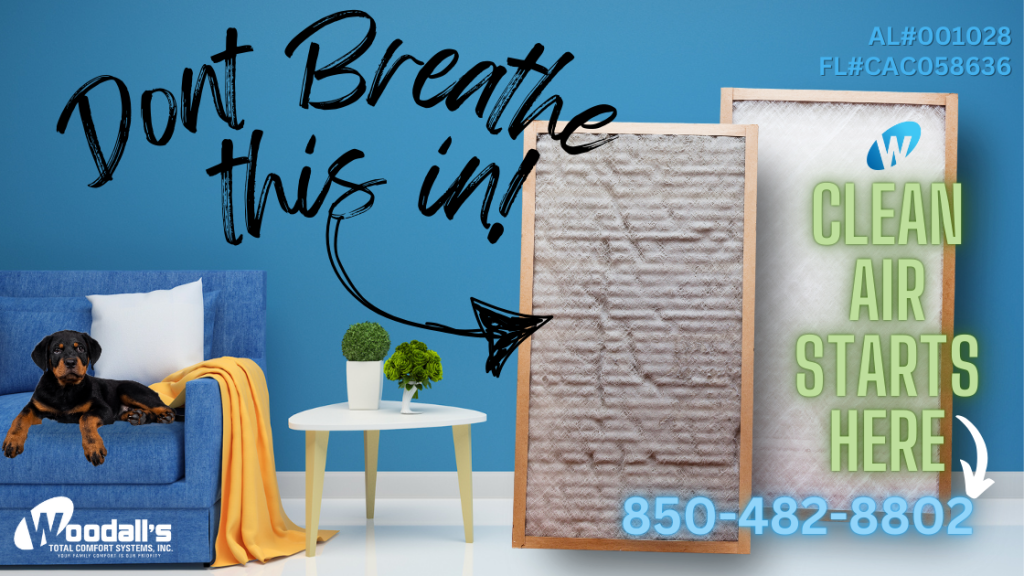
3. Increased Humidity from Pet Habits
Some pets, like dogs and cats, produce moisture through activities like drinking, panting, or simply living in the home. This moisture can increase the humidity levels in your home, which may put additional stress on your HVAC system, particularly during the warmer months when air conditioning is crucial.
Excessive humidity can also encourage mold growth, which can compromise both your HVAC system and your indoor air quality. Mold thrives in moist, warm environments, and an HVAC system struggling with high humidity levels could become a breeding ground for these harmful spores.
Solution: Consider installing a dehumidifier to regulate moisture levels in your home. A dehumidifier helps balance the indoor climate, making your HVAC system work more efficiently and reducing the chances of mold growth.
4. Pets and Thermostat Settings
Your pet’s comfort is just as important as yours, but many pet owners make the mistake of setting their thermostats at temperatures that are either too cold or too hot for their pets while they’re away. Pets like dogs and cats are sensitive to temperature changes, and extreme settings can be uncomfortable or even harmful for them.
Solution: Programmable thermostats allow you to set specific temperature schedules throughout the day. You can ensure that your HVAC system keeps your home at a pet-friendly temperature even when you’re not there. For example, during hot summer days, keep the thermostat at a moderate temperature that prevents your pets from overheating.
Essential HVAC Maintenance Tips for Pet Owners
Proper HVAC maintenance is key to managing the challenges pets can create. Here are some practical tips to keep your system running smoothly while caring for your furry friends:
- Schedule Regular HVAC Inspections: Your HVAC system should be inspected by a professional at least twice a year—once before the heating season and once before the cooling season. This ensures that pet-related issues like clogged filters or reduced airflow are caught early.
Related Post: The Critical Importance of HVAC Maintenance - Vacuum Frequently: Regularly vacuuming your home, especially near air vents, helps to minimize the amount of pet hair and dander that gets sucked into your HVAC system. Pay particular attention to areas where your pets spend most of their time.
- Clean Air Vents and Ducts: Pet hair and dander can build up in your air vents and ductwork, reducing airflow and causing your system to overwork. Cleaning these components periodically will prevent blockages and improve system performance.
- Bathe and Groom Pets Regularly: Keeping your pet clean can significantly reduce the amount of hair and dander they shed. Regular grooming not only benefits your HVAC system but also improves your pet’s overall health.
Conclusion: A Healthy HVAC System for a Healthy Home
Understanding the relationship between pets and your HVAC system is vital for maintaining a comfortable and healthy living environment. Pets can bring about challenges like clogged filters, poor air quality, and increased humidity, all of which affect HVAC performance. However, with regular maintenance, proper filter use, and the right HVAC accessories, you can easily mitigate these issues.
At Woodall’s, we are committed to helping homeowners create the perfect environment for their families—and that includes pets! If you need assistance maintaining your HVAC system or advice on how to improve indoor air quality, contact our team of experts today.
By keeping your HVAC system in top condition, you ensure a comfortable and healthy space for everyone—humans and pets alike.

We are here for you!
Taking care of your HVAC system when you have pets is essential for maintaining a comfortable and healthy home. Regular maintenance can help prevent issues like clogged filters, poor air quality, and reduced system efficiency, all while ensuring your pets stay comfortable year-round. At Woodall’s Total Comfort Systems, we’re dedicated to consistently delivering high-quality service, finding innovative solutions, and providing clear guidance with a positive approach. Contact us today to experience HVAC care that prioritizes both your home’s efficiency and your pet’s well-being!

The Evolution of HVAC Refrigerants: What to Expect in 2025 and the Big Changes Ahead
The HVAC industry has seen many changes over the years, especially regarding refrigerants. As we approach 2025, another major shift is happening that will impact homeowners and businesses alike. Let’s walk through the history of refrigerants to understand where we started, where we’re headed, and how these changes will affect you. We’ll also explain why choosing Woodall’s Total Comfort Systems is your best option for navigating this transition.
A Timeline of Refrigerant Evolution
- Pre-1990s: The Era of R-12 (Freon): R-12, commonly known as Freon, was the standard refrigerant for decades. It was highly effective, but over time, scientists discovered that it was severely damaging the ozone layer. This led to its phase-out under the Montreal Protocol, pushing the industry to seek alternatives (ACHR News & Environment Masters).
- 1990s-2010: The Introduction and Phase-Out of R-22: R-22 became the go-to replacement for R-12. It was less harmful to the ozone, but it still posed environmental risks. In 2010, the EPA began phasing out R-22 production and imports due to its high global warming potential (GWP), leading to a full ban on its production by 2020 (ACHR News & ACHR News).
- 2010-2025: The Reign of R-410A: To replace R-22, the industry adopted R-410A, a more energy-efficient refrigerant with a lower ozone impact. However, as environmental regulations tightened, the focus shifted toward reducing GWP even further. Though R-410A is better for the ozone, it still has a high GWP, making it a target for the next phase-out (Environment Masters & Environment Masters).
- 2025 and Beyond: The New Era of R-454B and R-32: Starting January 1, 2025, manufacturers will no longer produce HVAC systems using R-410A. Instead, the industry will transition to low-GWP refrigerants like R-454B and R-32. These new refrigerants are designed to reduce the environmental impact while maintaining efficiency and performance. However, they come with new considerations for safety and system design (ACHR News & Environment Masters & National Association of Home Builders).
What Does This Mean for You?
As a homeowner or business owner, these changes might sound overwhelming, but they don’t have to be. Here’s what you need to know:
- Your Existing System: If your current system uses R-410A, you can continue using it. Service and repairs will still be possible for years to come, but the cost of R-410A will gradually rise as production declines. Just as with the phase-out of R-22, we expect prices to climb due to limited availability (ACHR News & Environment Masters).
- New Installations: If you’re considering upgrading or replacing your system, now is the time to plan. The new refrigerants, R-454B and R-32, require updated equipment designed for their properties, such as slightly higher flammability. Working with a knowledgeable and experienced team like Woodall’s ensures a smooth transition with minimal disruptions (National Association of Home Builders & ACHR News).
Navigating the Transition: Why Choose Woodall’s?
At Woodall’s, our mission is to provide high-quality HVAC solutions with honesty and reliability. As this new era in refrigerants approaches, our commitment to these values remains unchanged. Here’s what sets us apart:
- Expert Knowledge: We stay ahead of industry trends, ensuring our technicians are fully trained on the latest refrigerants and safety protocols. We’re ready to handle the unique requirements of systems using R-454B and R-32.
- Customer-First Approach: We believe in providing straightforward advice. Whether you need to maintain your current system or explore new options, we focus on what’s best for you, not what’s most profitable for us. Our goal is to guide you through this transition with your comfort and budget in mind.
- Future-Proof Solutions: By planning early and upgrading to systems that meet the 2025 standards, you can avoid the price hikes and supply shortages that often come with regulatory changes. Woodall’s offers solutions that not only comply with the latest regulations but also optimize your system for long-term efficiency and performance.
What Should You Do Next?
- Evaluate Your Current System: If your HVAC system is older or nearing the end of its lifespan, now is the time to consider an upgrade. Newer systems using low-GWP refrigerants will be more efficient and environmentally friendly.
- Plan Ahead: Don’t wait until the last minute. As the 2025 deadline approaches, demand for compliant systems will rise. Acting now allows you to lock in better prices and avoid potential delays.
- Consult the Experts at Woodall’s: We’re here to answer all your questions and provide the best options tailored to your needs. From evaluating your current system to recommending the right upgrades, our team is dedicated to delivering top-notch service every step of the way.

The Woodall’s Difference: Trusted, Reliable, and Ready for the Future
As the HVAC industry undergoes this significant change, it’s crucial to work with a partner who not only understands the technical details but also values your comfort and satisfaction. At Woodall’s Total Comfort Systems, we pride ourselves on our integrity, expertise, and customer-focused service. Whether you need help understanding the new regulations or want to ensure your home stays comfortable and efficient, we’re here to make the process simple and stress-free.
Have more questions?
Check out our latest blog post where our Sales Team member Levi Cobb discusses when it might be the right time to replace your system! Read it Here!

How to Protect Your HVAC System During a Storm
As we enter hurricane season, it’s crucial to take proactive steps to protect your home and its vital systems. Your HVAC system, responsible for maintaining comfortable temperatures year-round, can be particularly vulnerable during severe weather. At Woodall’s Total Comfort Systems, we want to ensure you are well-prepared. Follow these detailed tips to protect your HVAC system during a storm, and learn how our surge protector can provide an extra layer of defense.
1. Turn Off Your HVAC System
Before the storm hits, turn off your HVAC system. This simple step can prevent electrical surges from damaging your equipment. Shut off the power to your HVAC unit at the circuit breaker to ensure it’s fully disconnected. This precaution is especially important during a hurricane, as power outages and electrical surges are common.
2. Secure Outdoor Equipment
Your outdoor unit is exposed to the elements and can be damaged by flying debris or high winds. Here are some steps to secure your outdoor unit:
- Cover the Unit: Use a heavy-duty, weather-resistant cover to protect the unit from flying debris. Ensure the cover is tightly secured to prevent it from being blown away.
- Tie Down the Unit: If possible, anchor the unit to a concrete pad using hurricane straps or bolts. This will help keep the unit in place during high winds.
- Clear the Area: Remove any loose objects from your yard, such as patio furniture, toys, or garden tools, which can become dangerous projectiles during a storm.
3. Install a Surge Protector
Electrical surges caused by lightning or power outages can severely damage your HVAC system. A surge protector can shield your system from these surges, extending its lifespan and preventing costly repairs. At Woodall’s Total Comfort Systems, we offer high-quality surge protectors specifically designed for HVAC systems. Our surge protectors provide:
- Comprehensive Protection: Safeguard your HVAC system against voltage spikes and electrical surges.
- Extended Equipment Life: Protect sensitive components within your HVAC system, ensuring it operates efficiently for years to come.
- Cost Savings: Prevent costly repairs and replacements by protecting your system from surge-related damage.
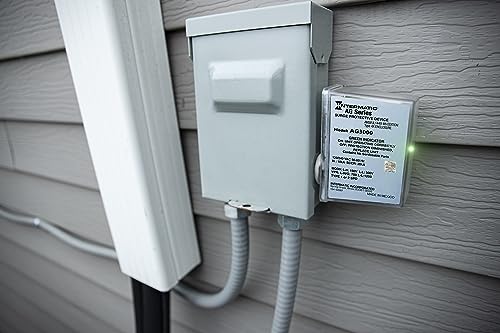
4. Elevate Your Unit
If you live in an area prone to flooding, consider elevating your outdoor unit. Raising the unit off the ground can protect it from water damage and ensure it continues to operate efficiently after the storm passes. Here’s how you can elevate your unit:
- Install a Raised Platform: Use a sturdy, elevated platform made of materials resistant to corrosion and weather damage.
- Professional Installation: Contact Woodall’s Total Comfort Systems for professional assistance in elevating your unit to ensure it’s done correctly and safely.
5. Regular Maintenance
Regular maintenance is key to keeping your HVAC system in top shape, especially during hurricane season. Schedule a pre-storm season checkup with Woodall’s Total Comfort Systems to ensure your system is ready to withstand severe weather. Our technicians will:
- Inspect and Clean: Thoroughly inspect and clean your HVAC system, addressing any potential vulnerabilities before they become major issues.
- Check for Loose Parts: Ensure all components are securely fastened and in good working condition.
- Test System Performance: Verify that your HVAC system is operating efficiently and effectively.
Check out one of our blog posts about maintenance and its importance! CLICK HERE
6. Check for Damage After the Storm
Once the storm has passed, inspect your HVAC system for any visible damage. Look for loose or broken parts, and ensure the unit is free of debris. If you notice any issues, contact Woodall’s Total Comfort Systems immediately. Our experienced technicians are available to provide prompt and reliable repairs to get your system back up and running. Here’s what to do:
- Visual Inspection: Look for signs of damage, such as dents, loose connections, or exposed wires.
- Clear Debris: Remove any debris around the unit to ensure proper airflow and prevent further damage.
- Listen for Unusual Sounds: Turn the system back on and listen for any unusual noises, which could indicate internal damage.
Protect Your Investment with Woodall’s Total Comfort Systems
Storms and hurricanes can be unpredictable, but with the right precautions, you can protect your HVAC system from damage. At Woodall’s Total Comfort Systems, we are committed to helping you maintain a safe and efficient home. Our surge protectors and expert maintenance services offer peace of mind, ensuring your system is well-protected during storm season.
For more information about our surge protectors and maintenance plans, or to schedule a service appointment, contact us today. Your family’s comfort is our priority, and we are here to support you through every season.
Have a question or need a technician to check out your HVAC unit? Don’t hesitate to give Woodall’s Total Comfort Systems a call 850.482.8802. Join the HVAC revolution today! Enjoy comfort longer and easier. Make sure to follow up on Facebook and Instagram @woodallstotalcomfort for more info and tips!


